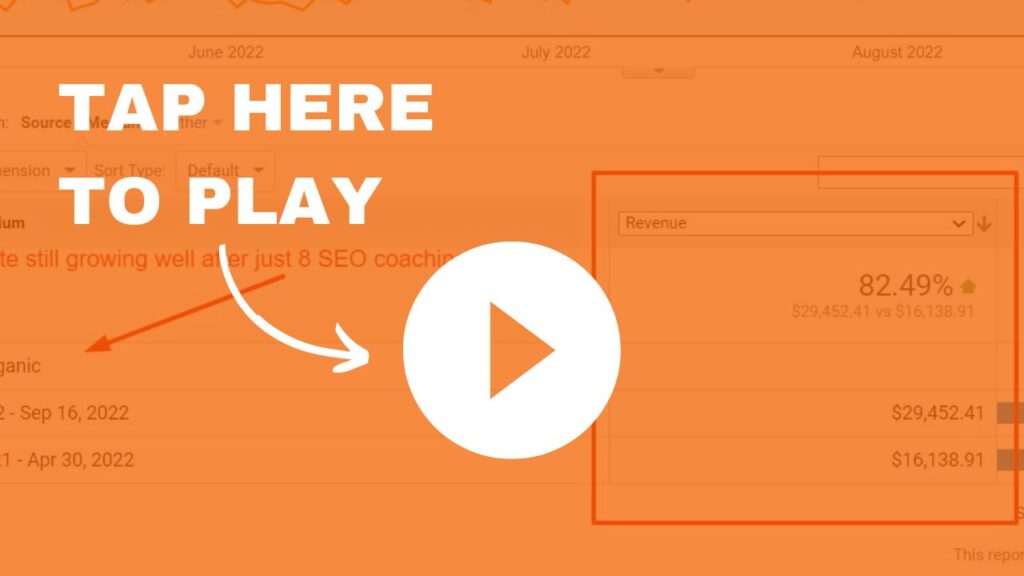Travel Agency SEO Case Study: 287% Increase In Organic Traffic
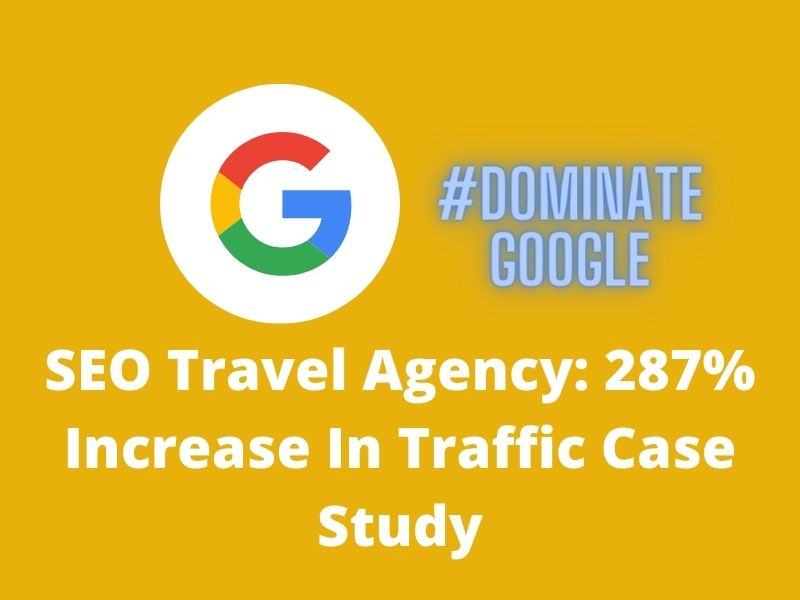
This is an SEO case study of how I helped this travel agency in Thailand increase organic traffic by 287% in 6 months through my monthly SEO service and outranking many of the big authority tour and travel websites
Like any other of my case studies, I won’t reveal the website and keywords for security and privacy reasons. But in this article, you will find some of my overview process of how I went about achieving the results along with various screenshots proof.
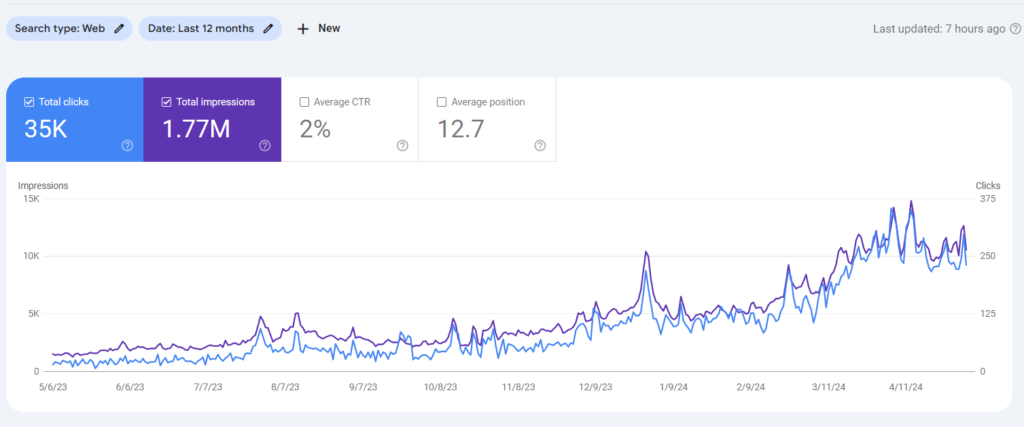
Project Background
The client runs a travel agency in Thailand and had been doing some Google Ads and social media marketing before contacting me. The client mainly focuses on selling tour packages in Bangkok instead of the whole country, which makes it a smaller niche than other competitors. The website is a custom-built PHP-based site that doesn’t allow much of customization.
Challenges
The project faces a couple of challenges as follows:
- Limited customizability platform – The custom-built site is quite limited and there wasn’t much we could modify as the only way to do so was to contact the developer. The site itself was also poorly built for SEO in the first place.
- Well-established authority sites – The niche is dominated by big local and global tour websites such as Viator, Klook, and more, which makes it quite a competitive niche.
- Limited budget – The client doesn’t have a lot of monthly budget to be able to cover the cost of content, so we couldn’t spend much on creating a lot of content, thus limiting the number of pages we can rank.
The Campaign
Here are the overviews of how I approached the campaign:
Technical Optimization
The first step of the process was to revamp the technical aspects of the site. Since it was custom-built, there were lots of technical errors related to canonicalization, duplicate URLs, crawl budget, and more. So I had to collaborate with the developer and communicate what needed to be done. In the end, we were able to achieve almost every technical SEO, except a few things that weren’t possible due to the platform limitations.
On-Page Optimization
After completing the technical optimization, we then moved on to the on-page part of the website.
Since we didn’t have much budget for the content, we shifted our focus to maximizing our efforts on individual tour packages. There wasn’t any category on the site because it only sells tours in Bangkok, so every individual package reflects the targeted keywords we needed to optimize for.
For example, Asiatique tour (is the package we sell, and also what people search for). So I did some keyword research, came up with the list of keywords, and confirmed with the client whether they had any of those tours. We then focused on adding as many tours as possible, targeting and optimizing all the possible keywords people make relevant to the business.
We also created a few blog articles focusing on key topics that help support some of the packages.
Some on-page strategies involved for each page are:
- Placing more important content higher up on the page:
Making sure that you have your main keywords and other semantically relevant keywords higher up on the page is important for Google to understand what your page is about - Sentence-level optimization using semantically-relevant keywords:
By making sure that each sentence is properly optimized using semantically relevant keywords based on reverse engineering the competitors and using a proprietary tool that I created. You can use on-page tools like Surfer-SEO to help with the process. - Keyword count and variation optimization:
Making sure that I have used the right frequency of each keyword on the page. For example, for the word “package”, I made sure to check the competitors’ average and see how many times I should use this word. You can again, use tools like Surfer SEO, but there’s no hard rule for this. I’d like to keep it a little lower than the average to avoid over-optimization. - Internal link and UX optimization:
Make sure every tour package has both incoming and outgoing internal links to other relevant pages to help connect the topics and increase user engagement, pushing users deeper into the site to explore. - Usage of specific numbers, data points, and easy-to-digest language structure to communicate clearly to the algorithm:
Specific data points are much easier for the NLP algorithm to extract entities and understand the meaning behind the passage as compared to words. - Research and structure the content according to the search intent deeply
Off-Page Optimization
Besides the SEO that I was doing for the website, the client is also running Google and Facebook ads to help build brand awareness and grow brand signals. User engagement and brand signals are some of the biggest ranking signals.
Other off-page SEO activities include:
- Build high-quality links through guest posts and some PBNs
- Build some citations with consistent NAP.
Overall, we didn’t build a lot of links as the brand signals and strong on-page were enough to skyrocket the site’s ranking, and saw a drastic increase after the March 2024 core updates.
Results
Here is the screenshot obtained from the ranking data after 6 months of working on the project by prioritizing only commercial pages:

Last 6 months compared to the previous 6 months’ data:
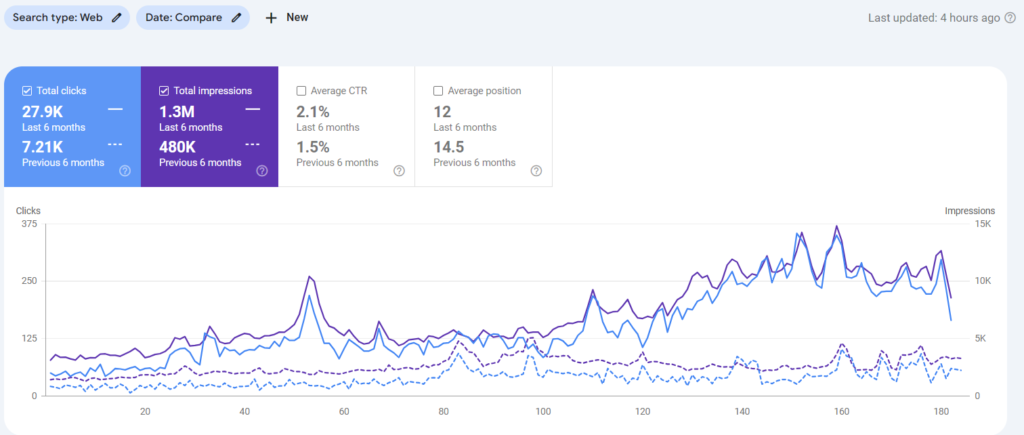
Want To Get Results Like This?
Are you looking for either an SEO service or SEO training? Get in touch with me today and let’s see how can I help you.

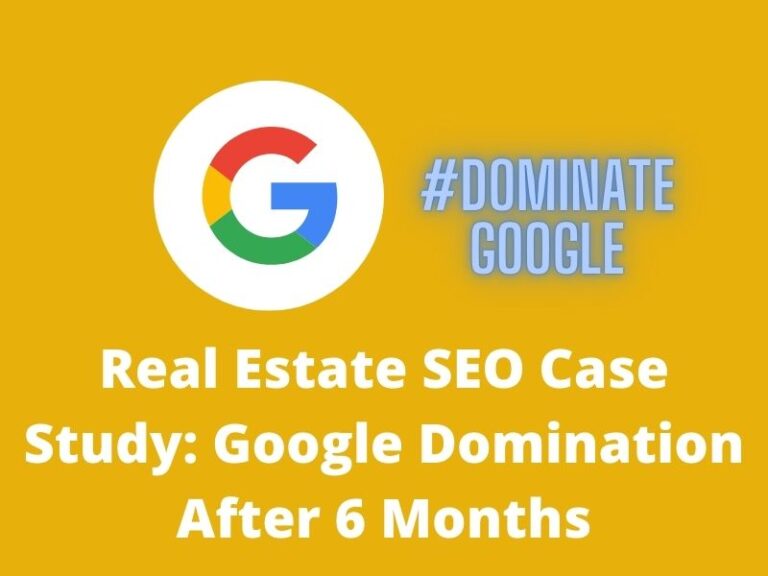
![[Case Study] How I Helped This National Music Lessons Client Double His Traffic & Rankings](https://techjackie.com/wp-content/uploads/2022/03/Music-Lessons-Client-SEO-Coaching-Case-Study.jpg)
![CTR Manipulation: 2 SEO Case Studies [Results In 2 Weeks]](https://techjackie.com/wp-content/uploads/2022/03/ctr-manipulation-case-study.jpg)
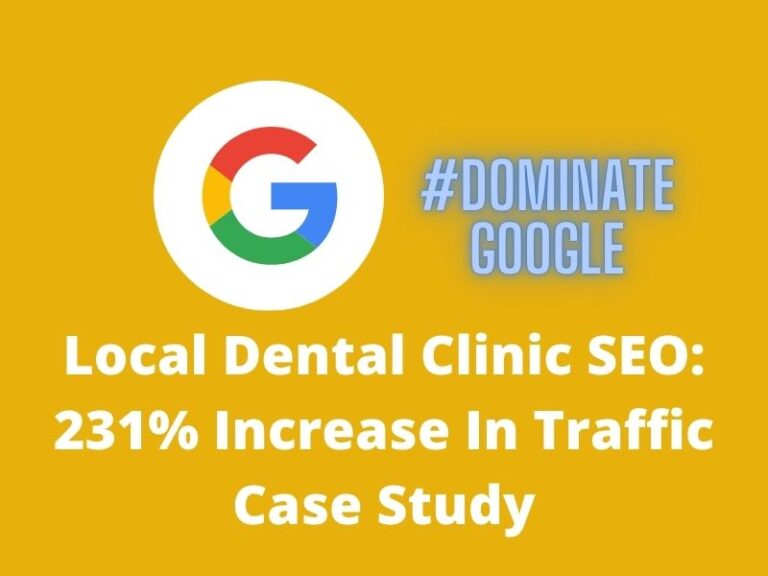
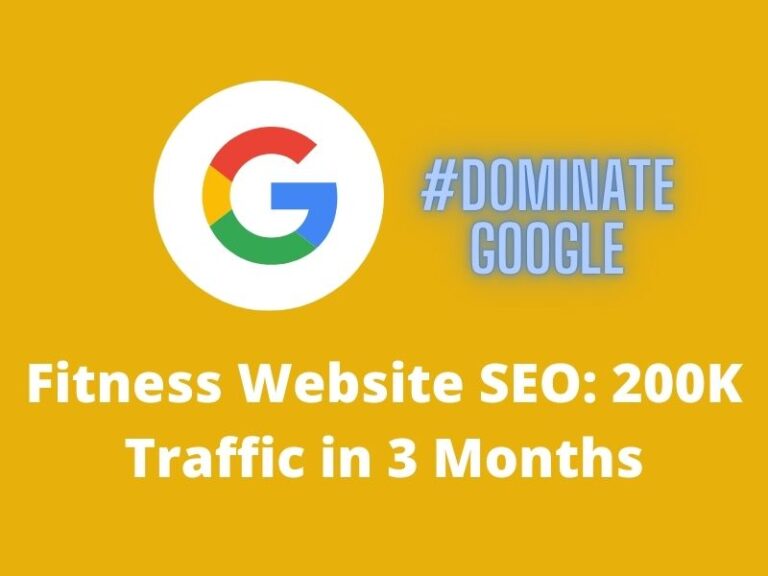
![[Case Study] How I Helped This Affiliate Site Triple Their Traffic & Rankings](https://techjackie.com/wp-content/uploads/2022/04/Coupon-Referral-Affiliate-SEO-Coaching-Case-Study.jpg)
